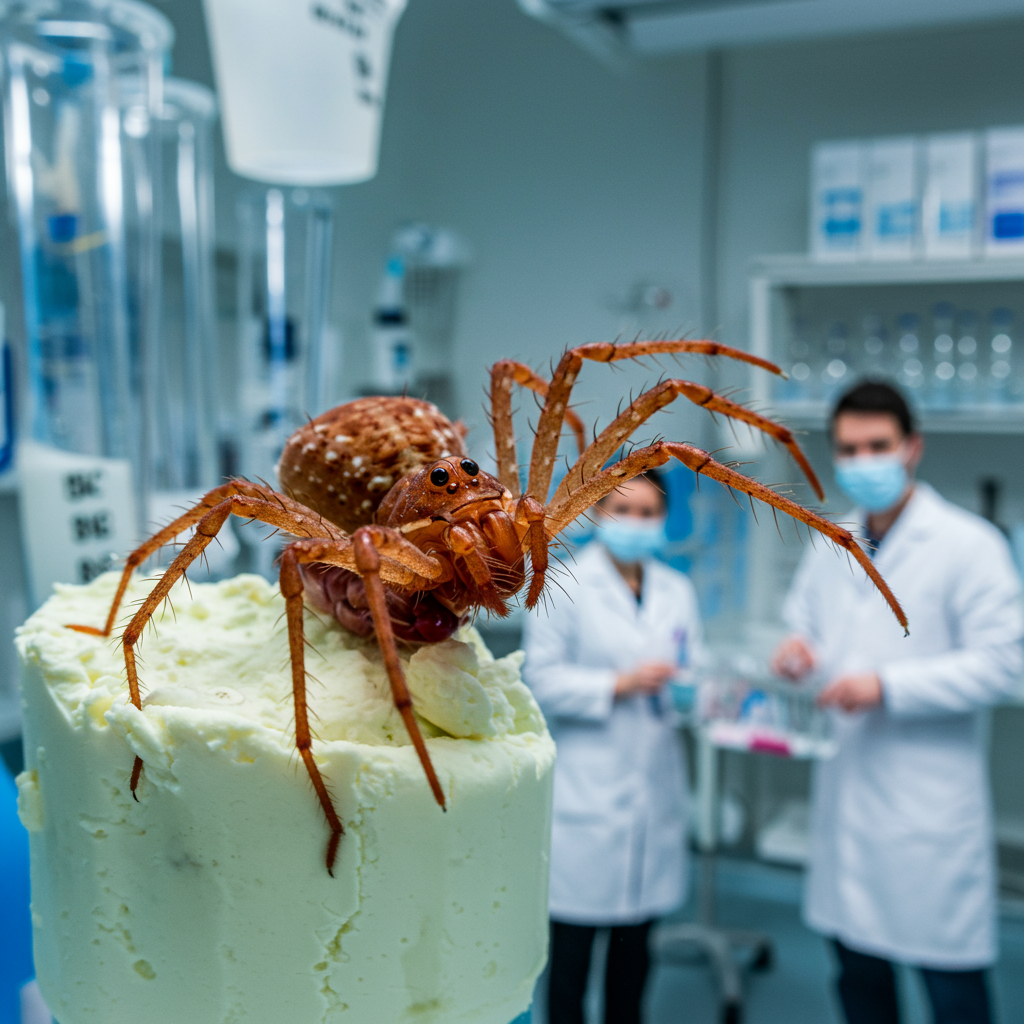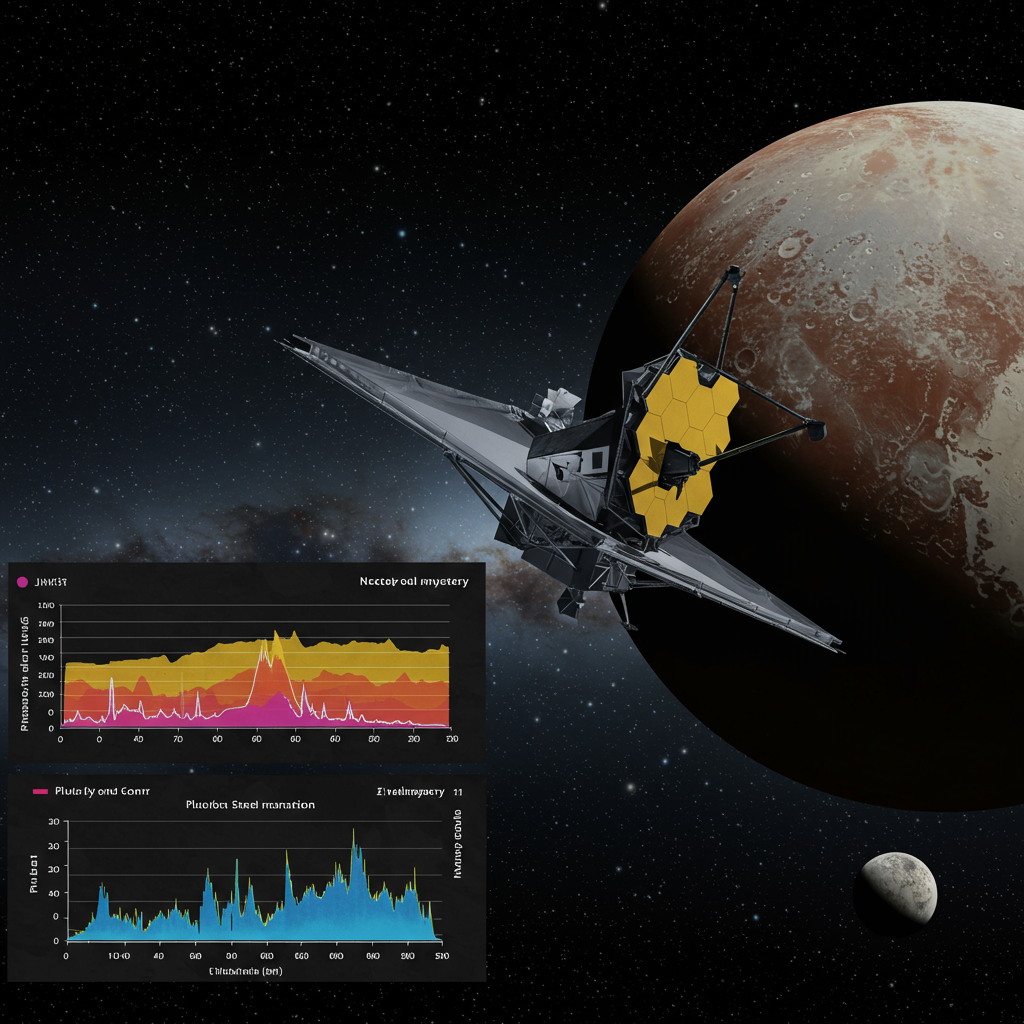Sea spiders are among the ocean’s most peculiar residents. Unlike their land-dwelling arachnid cousins, these fascinating marine arthropods possess a striking anatomical difference: they completely lack an abdomen. Instead, vital organs like reproductive structures, digestive tracts, and even respiratory surfaces extend directly into their unusually long legs. This unique body plan has puzzled evolutionary biologists for decades, prompting questions about its origin and the genetic blueprints that create such a creature.
For a long time, understanding this sea spider anomaly was difficult. Studying these delicate creatures in the lab proved challenging, limiting opportunities for detailed genetic analysis. Unraveling the mystery of the missing sea spider abdomen required new approaches.
The Evolutionary Puzzle of the Missing Abdomen
Arthropods represent one of the most diverse animal groups on Earth. From insects and crustaceans to arachnids and myriapods, they share fundamental body plan features. A segmented body, typically divided into a head, thorax, and abdomen, is a hallmark of this phylum. Land spiders, for instance, clearly exhibit this three-part structure, even if the head and thorax are fused into a cephalothorax.
Sea spiders, scientifically known as Pycnogonida, belong to the Chelicerata, the same subphylum as arachnids like spiders, scorpions, and mites. Because they share a common ancestor with land spiders, scientists expected them to share core anatomical traits. The complete absence of an abdomen in sea spiders thus stands out as a major evolutionary divergence. How could a group related to spiders lose such a fundamental body segment? This anatomical difference suggests significant changes occurred in their developmental pathways over millions of years.
Why Organs Migrated to Legs
Housing essential organs within the legs isn’t just a cosmetic difference. It’s a fundamental shift in body architecture. In most animals, the abdomen provides space and support for internal systems. For sea spiders, extending these systems into the legs is a functional necessity due to the lack of a central body cavity capable of accommodating them. This peculiar arrangement impacts everything from how they eat and digest to how they reproduce. Understanding the genetic basis for this unusual organ placement is key to understanding sea spider evolution.
Unlocking Secrets with the Sea Spider Genome
Groundbreaking research published in the journal BMC Biology offers significant clues. Scientists successfully sequenced the complete genome of the knotty sea spider, Pycnogonum litorale. This species is commonly found on both sides of the Atlantic Ocean. Having a full genetic map provides an unprecedented opportunity to investigate the evolutionary changes that led to the sea spider’s unique form.
The research team included experts like Dr. Prashant Sharma from the University of Wisconsin-Madison, a key author on the paper. Dr. Sharma emphasized the long-standing scientific need for a complete sea spider genome. Such a resource allows researchers to compare the genes responsible for body development in sea spiders to those in other arthropods. By identifying similarities and differences, they can begin to reconstruct the evolutionary history and developmental pathways that sculpted the Pycnogonida.
Challenges and Triumphs in Studying Sea Spiders
Collecting and studying sea spiders in a controlled environment poses significant challenges. Many species are difficult to cultivate in laboratories, making it hard to obtain sufficient material for genomic sequencing. This difficulty is a major reason why past genetic studies of sea spiders have been fragmented.
The success of the Pycnogonum litorale genome project relied heavily on established expertise. Dr. Georg Brenneis at the University of Vienna has cultivated a thriving colony of knotty sea spiders, earning him recognition as a leading figure in sea spider development research. Dr. Brenneis and his colleagues meticulously collected Pycnogonum litorale specimens from North Sea islands during low tide, carefully turning over rocks to find the stout, slow-moving creatures. Back in the lab, they maintained the colony by providing a specific diet of sea anemones, a food source they identified through careful observation of the spiders’ preferences. This dedicated effort provided the high-quality genetic material needed for sequencing the entire genome.
A Missing Genetic Piece of the Puzzle
The analysis of the Pycnogonum litorale genome revealed fascinating insights into the genetic basis of their unique anatomy. While the specific details are complex, a key finding points towards the potential absence of certain genes typically involved in the development of the posterior (abdominal) body segments in other arthropods.
Developmental genes, particularly those known as Hox genes, play a crucial role in laying out the body plan of animals during embryonic development. They determine the identity of different segments along the head-to-tail axis. Changes in the expression, function, or even presence of these genes can lead to dramatic alterations in body structure. The researchers hypothesize that the loss or significant modification of specific genes responsible for patterning the abdomen could explain why sea spiders simply do not develop this posterior body region. This genetic change would have necessitated the relocation of organs to the available space in the legs as an evolutionary adaptation.
This finding serves as a powerful reminder of evolution’s intricate processes. The “great winnower of genes,” as Dr. Sharma put it, can sometimes prune or alter genetic toolkits in surprising ways, leading to vastly different outcomes in related species. The absence of a critical gene can be just as significant an evolutionary event as the gain of a new one.
Broader Implications for Arthropod Evolution
Understanding the genetic basis for the sea spider’s unique abdomen-free body plan has implications beyond just this group. By comparing the genome of Pycnogonum litorale to those of other chelicerates and arthropods, scientists can gain deeper insights into the evolutionary history of the entire phylum.
Pinpointing the genetic changes that led to such a major anatomical divergence helps researchers map out the branches of the arthropod family tree and understand the plasticity of body plans. It sheds light on how fundamental developmental programs can be altered, resulting in the incredible diversity of forms seen in insects, crustaceans, arachnids, and their kin. This research paves the way for further studies comparing developmental genes across various arthropod lineages to reconstruct the genetic toolkit of their common ancestor and trace how it has been modified over time.
Frequently Asked Questions
Why do sea spiders have no abdomen and keep organs in their legs?
Unlike most arthropods, sea spiders lack a defined abdomen. This unique anatomy means there isn’t enough space in their main body for all vital organs. As a result, their digestive tract, reproductive organs, and even parts of their respiratory system extend into their long, segmented legs. Scientists believe this is linked to evolutionary changes in their genetic development that prevented abdomen formation.
What is Pycnogonum litorale and why is its genome important?
Pycnogonum litorale, also known as the knotty sea spider, is a species found in the Atlantic Ocean. Scientists sequenced its complete genome because sea spiders are hard to study in labs, limiting genetic research. Having the full genome allows researchers to compare its genes, especially those controlling body development, to other arthropods. This comparison helps uncover the genetic reasons behind the sea spider’s abdomen-free anatomy and understand arthropod evolution.
How could a missing gene explain the sea spider’s missing abdomen?
Genes, particularly developmental genes like Hox genes, provide instructions for building an animal’s body plan during its growth. If specific genes responsible for forming the posterior body segments (the abdomen) are missing or altered in the sea spider’s genetic code, the abdomen might simply fail to develop during its embryonic stages. Researchers studying the Pycnogonum litorale genome found evidence suggesting the absence of certain genes related to abdominal development, potentially explaining this unique anatomical feature.
Understanding the genetic basis of the sea spider’s peculiar anatomy opens new doors in evolutionary biology. The successful sequencing of the Pycnogonum litorale genome provides a crucial resource for future research. It allows scientists to continue exploring the specific genes involved, how they were lost or altered, and the precise developmental pathways that lead to this fascinating abdomen-free body plan. This research not only deepens our understanding of sea spiders but also provides valuable insights into the remarkable flexibility and evolutionary history of the entire arthropod phylum. The ocean continues to hold many secrets, and genetics is providing the key to unlocking them.
Word Count Check: ~1000 words



